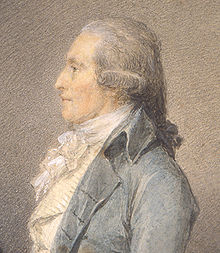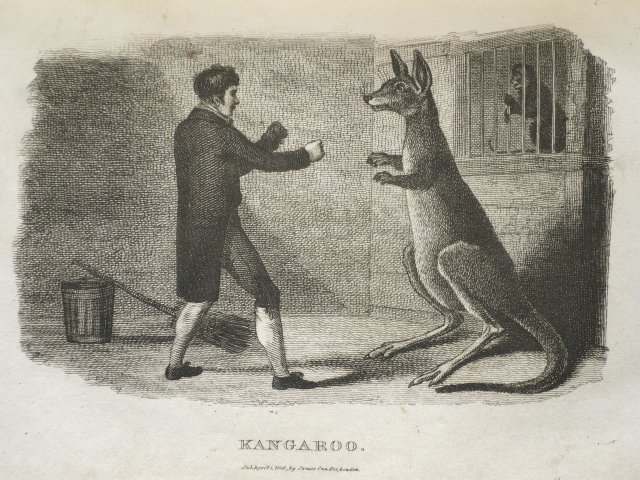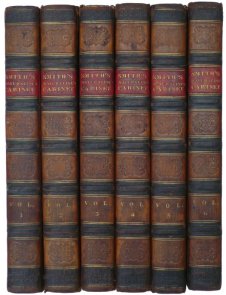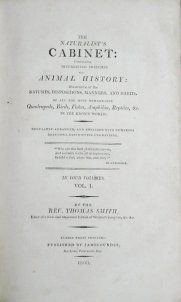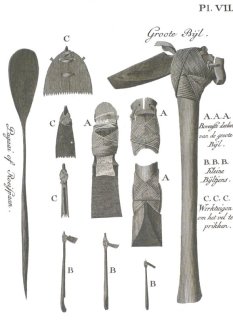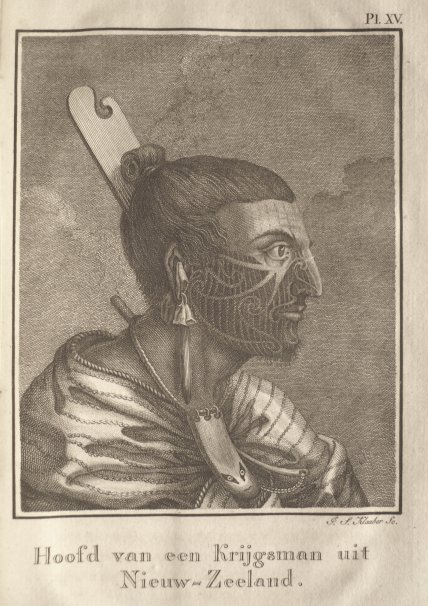“hoe gelukkig is het land, welkers Overheden tot die wijsheyd gekomen zijn, datse hun land-bestier niet gegrond hebben op den suyl van eenderley Gods-dienst”
Excommuniceerde, uytgebannene uyt de gemeente, uytgestootene uyt de gemeente, gebannene uyt de gemeente, verwaatene[1], uyt de gemeenschap gehoudene, is een die om ergerlijke leere, of leeven uyt de gemeenschap der geloovigen verstooten is. By die vande roomsche Gods-dienst (in die plaatsen of landen daar de selve geagt word als een suyl des staats) word seer ligtelijk den ban, vloek, ja ter dood brenging, gelijk sulks veel duysend maalen gebleeken is, en nog blijkt, gebruykt tegens die, dewelk een weynig anders van gevoelen was, en is, als sy geestelijken hebben willen, dat hy sal zijn: al schoon sijn gevoelen of leer veel schriftmaatiger is of was, als de geestelijkheyd gestelt heeft, so word het evenwel een ergerlijk gevoelen of leer genoemt. Sy en letten niet , dat het onmoogelijk is, om de verscheydenheyd der opvoeding en onderwijsing: dat men alle in geloofssaaken van een gevoelen kan zijn, voornaamentlijk daar men malkander onverstaanbaare geloofsstellingen opdringt, en oversulks tegen de reden, datmen malkander daarom ter dood brengt, vloekt en bant. Die vande herstelde God-dienst konnen mede al heel fijntjes, gelijk eenige maalen gebleeken is, iemand betigten van een ergerlijk gevoel of leer te zijn, die iets anders gevoelt, alhoewel veel schriftmaatiger en na de reden als eenige van haar gemeene stellingen, die sy gestelt hebben buyten de schrift, zijn mede brengende. Dog sy en hebben, gelijk de roomsche hebben, geen magt, anders als de uytsluyting uyt de gemeente, en dat heeft voor luyden van kennis, die sy daar mede willen dreygen, weynig te beduyden. Dan sy wilden wel, soo ik vertrouw, datmen hun hier te lande mede soodanige volstrekte magt toestond, ik geloof sy soudent mede bond genoeg maaken, en weynig de liefde en verdraagsaamheyd oeffenen, diemen maar alleen behoorde te oeffenen. Maar o! hoe gelukkig is het land, welkers Overheden tot die wijsheyd gekomen zijn, datse hun land-bestier niet gegrond hebben op den suyl van eenderley Gods-dienst, om welke staande te houden men geduurig van nooden heeft, te bannen, te vloeken, te hangen, te branden, en dood te slaan: maar alleen op goede land-wetten en billijk land-bestier, waar by sy toelaaten, ’t welk strekt tot bloey en welvaaren des lands, dat ieder vogelken mag singen na dat het gebekt is. ’t Is wel waar dat sy Overheden an de meeste vogelkens van eender veer en bek de grootste kouwen[2] om by malkander te vliegen, toestaan, en dat de minder en minder hoop van ander gebekte vogelkens kleynder en kleynder kouwekens hebben, soo zijnse dog alle even gelijk ten ansien vande bescherming, en gebruyk van ’s lands regt. En somtijds heeft een kleyn kouweken meer gemak en ligt, als de grooten. Soo dat een voogel uyt de groote kooyen uytgepikt en gebeeten zijnde ligtelijk, sonder dat het sik daar over behoeft te ontstellen, kan en mag na een vande kleyne kooykens toevliegen, en daar gemakkelijk onder de schaduwe des wijnstoks en vijgebooms rusten, sonder afgunst of nijdigheyd onderworpen te zijn. Om een ergerlijk leeven als ’t niet al te grof gaat en sullen die vande roomsche kerk niemand ligtelijk iets, ’t geen tot nadeel van eer strekt, an doen, als iemand maar eens biegt, is alles weer vergeeven. Maar die vande herstelde Gods-dienst sullen iemand ligtelijker voornamentlijk die sy soo wat haatig zijn, in sijn eer tasten en uytsluyten of bannen om een geringe oorsaak. Dog of sy daar wel en voorsigtig an doen, geef ik elk te bedenken: daar sy selfs wel weeten, datse soo fijn niet leeven, of altijd geleeft hebben, alse nu wel schijnen. Dat de gemeene mensch wist, hoe ‘er veel geleeft hebben, en veel nog leeven, sy souden er de walg af hebben, en sy soudense soo veel niet agten als sy nu doen.
[1] Het woord ‘verwatene’ is in onbruik geraakt. Het WNT definieert het als volgt (eerste betekenis): “Iem. die uitgesloten is van de kerkgemeenschap of van kerkelijke, gewijde handelingen; iem. die in den kerkelijken ban gedaan is; ook: iem. die uit een bep. gemeenschap gestooten is, verstootene.” Er volgt o.a. een verwijzing naar Koerbaghs ’t Nieuw woorden-boek der regten (1664).
[2] Koerbagh gebruikt het woord ‘kouw’ in de betekenis van “Kooi om een zang- of siervogel in te vangen of gevangen te houden” (WNT). In deze betekenis kwam het begrip voor in de zestiende, zeventiende en de (vroege) achttiende eeuw.
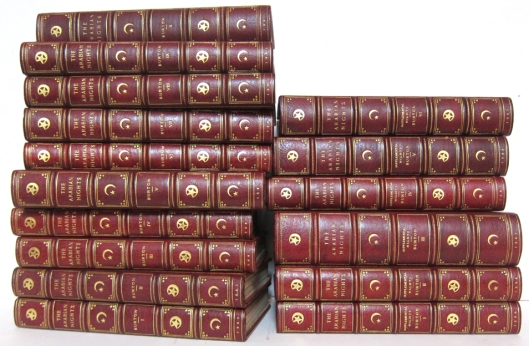 Sir Richard Francis Burton has often been described in his own lifetime as ‘the most interesting figure of the 19th century’. Bold to a fault, Burton travelled to Mecca and Medina, he entered the forbidden African city of Harrar, explored the African Great Lakes, and shocked his readers with his candid travel accounts, replete with details about the sexual customs of the peoples he encountered.
Sir Richard Francis Burton has often been described in his own lifetime as ‘the most interesting figure of the 19th century’. Bold to a fault, Burton travelled to Mecca and Medina, he entered the forbidden African city of Harrar, explored the African Great Lakes, and shocked his readers with his candid travel accounts, replete with details about the sexual customs of the peoples he encountered.
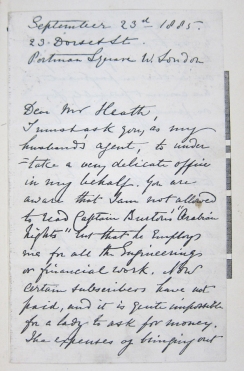
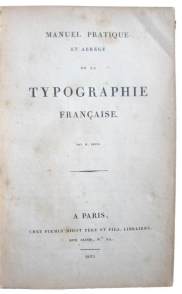
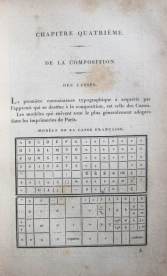
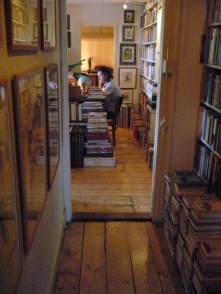
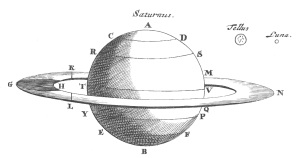
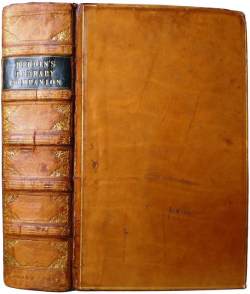
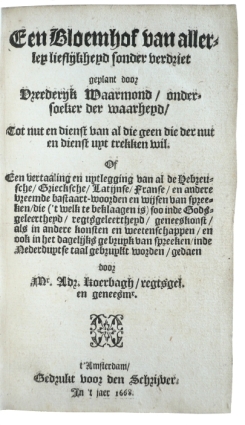
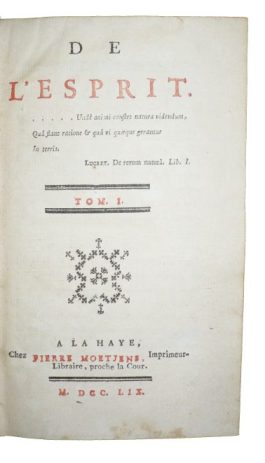
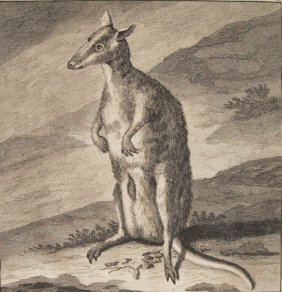
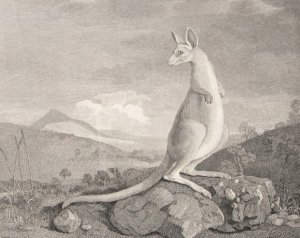
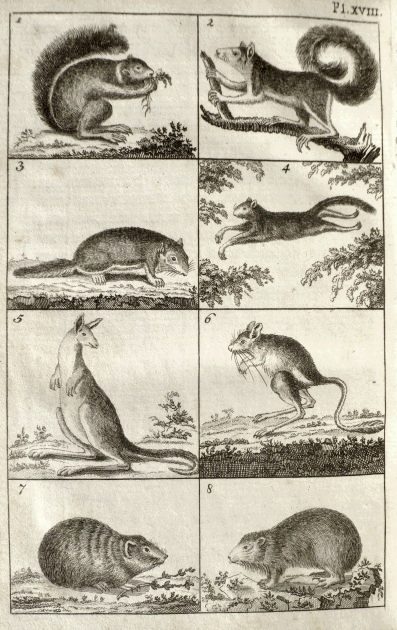
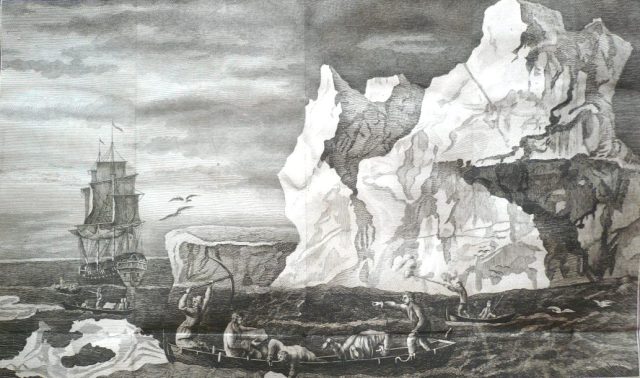 Sparrman had sailed for the Cape of Good Hope in January 1772. Here he was picked up by James Cook later that year as assistant to the naturalists Johann Reinhold and George Forster. Cook’s aim was to sail as far south as possible in search of a southern continent, which existence was proposed by the geographer Alexander Darlrymple. On December 25, 1772, the Resolution had proceeded far south and was surrounded by labyrinths of life threatening icebergs. Inside the ship, Christmas was celebrated with punch, porter, wine, and “fighting in the English fashion, which is called boxing.”
Sparrman had sailed for the Cape of Good Hope in January 1772. Here he was picked up by James Cook later that year as assistant to the naturalists Johann Reinhold and George Forster. Cook’s aim was to sail as far south as possible in search of a southern continent, which existence was proposed by the geographer Alexander Darlrymple. On December 25, 1772, the Resolution had proceeded far south and was surrounded by labyrinths of life threatening icebergs. Inside the ship, Christmas was celebrated with punch, porter, wine, and “fighting in the English fashion, which is called boxing.”